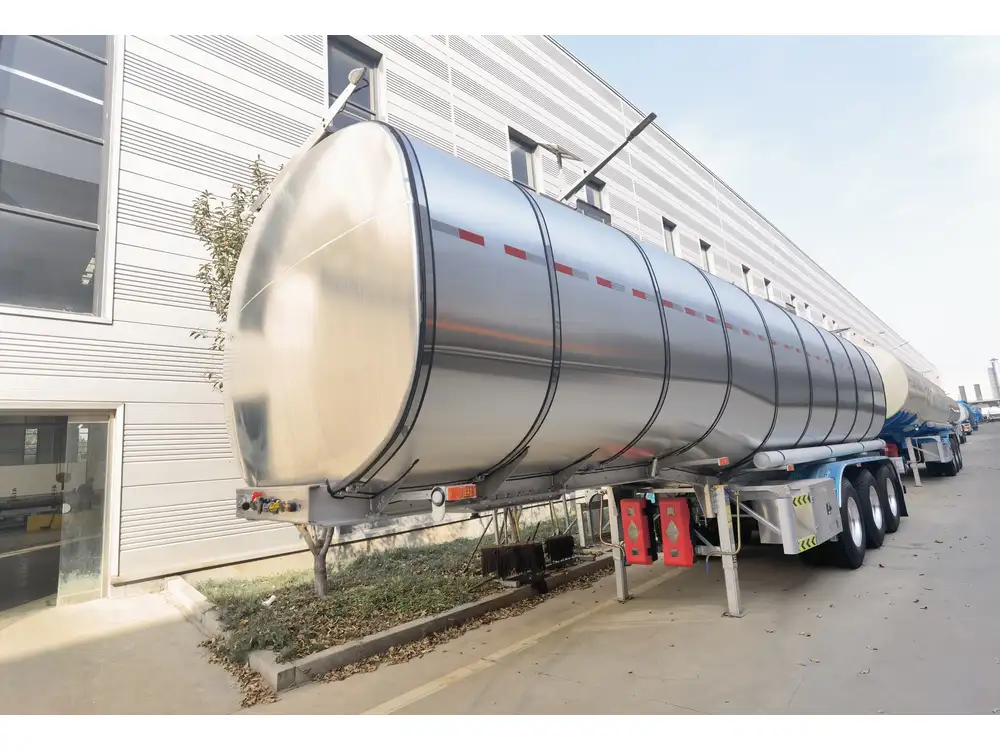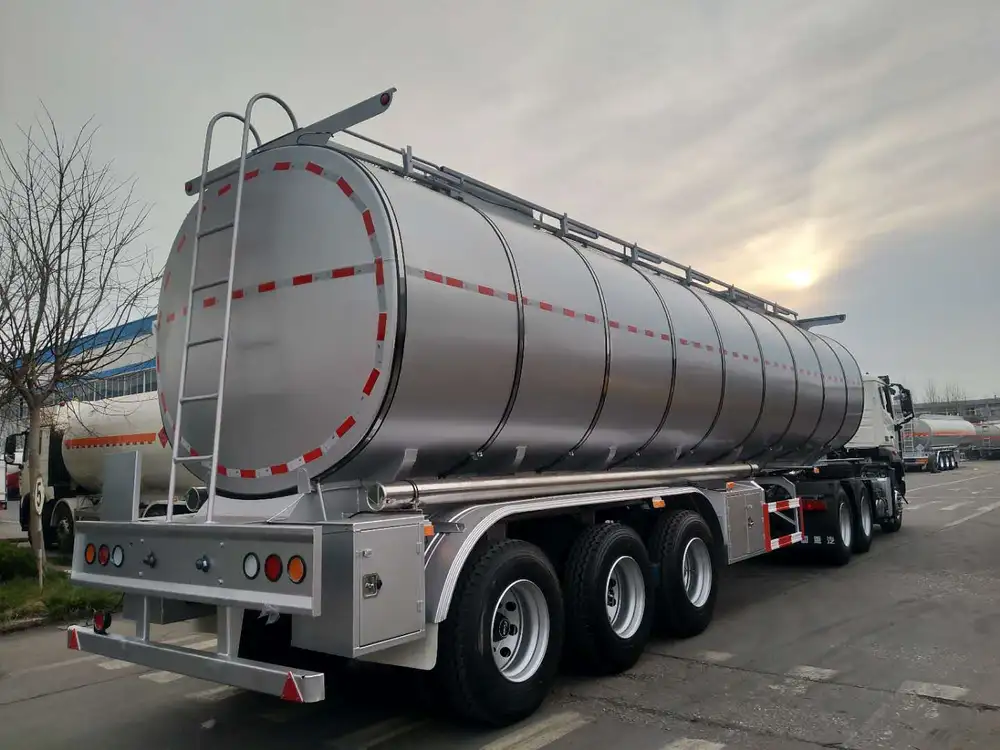When it comes to the transportation sector, especially in the realm of semi-trailers, the choice of tires can significantly influence performance, safety, and overall efficiency. Among the many debates within the trucking community, the merits of wide tires on semi-trailers stand out prominently. By exploring the many facets underpinning this choice, we can provide a detailed exploration of why wide tires often prove to be the superior option.
Enhanced Stability and Handling
Superior Load Distribution
Wide tires provide an expanded contact patch, which is crucial for distributing the load evenly across the tire’s surface. This aspect is paramount in the context of heavy-duty transportation where semi-trailers frequently haul substantial loads. The broader contact area:
- Reduces Pressure Points: A larger surface area mitigates the chances of excessive wear and tear by distributing weight, thus leading to a longer tire lifespan.
- Increases Stability: A lower center of gravity facilitates improved handling, especially when navigating through sharp turns or uneven terrain.

Improved Traction
The design of wide tires inherently lends itself to better traction. When pulling heavy loads, semi-trailers equipped with wider tires experience enhanced grip on the road. Factors concerning traction can be summed up as follows:
- Better Grip on Various Terrains: The broader tire width assists in maintaining better contact with the pavement, thereby improving traction on different road surfaces, including wet or gravel-laden roads.
- Minimized Slippage: For drivers, especially in adverse weather conditions, wide tires offer reduced slippage, effectively upholding safety during transport.
Responsive Steering
The wider profile of these tires influences steering characteristics positively:
- Quick Response Time: With an expanded area of contact, steering responsiveness tends to improve, giving truck operators more control during inclement conditions.
- Predictable Handling: The drivers can anticipate how the vehicle will respond, reducing the potential for accidents caused by overcorrections.
Fuel Efficiency and Cost-Effectiveness

Reduction in Rolling Resistance
In an industry where operational costs are magnified, fuel efficiency plays a vital role. Wide tires can contribute to a notable reduction in rolling resistance:
- Increased Efficiency: The optimized design often leads to less energy expended for the same distance traveled, allowing for significant savings in fuel costs.
- Long-Term Cost Savings: Repeated fuel savings translate to lower operational expenses over time, making wide tires an economically savvy choice.
Longevity and Wear Patterns
Wider tires are often engineered for extended durability:
- Even Wear Distribution: Their design mitigates premature wear that is often associated with narrower tires. Consequently, users benefit from more extended service intervals before needing replacements.
- Better Resilience Against Punctures: The enhanced material robustness provides an additional layer of protection against punctures and damage, which can lead to expensive repairs or downtime.
Safety Enhancements

Improved Braking Performance
Safety is non-negotiable in the transport industry. Wide tires enhance braking performance in several key ways:
- Shorter Stopping Distances: Greater contact with the road surface translates into better braking and shorter distances required to bring the rig to a halt.
- Consistent Performance Under Stress: Whether on a flat surface or when descending steep declines, wide tires provide reliable braking capabilities that are crucial in emergency scenarios.
Enhanced Traction in Adverse Conditions
When facing inclement weather, the robustness of wide tires at a glance becomes increasingly beneficial:
- Better Hydroplaning Resistance: A wider tread can channel water away more effectively, minimizing issues related to hydroplaning during heavy rains.
- Improved Snow and Ice Handling: Wider tires are generally better equipped to handle snowy conditions, thanks to their ability to spread weight and improve grip.
Versatility Across Different Applications

Compatibility with Diverse Freight Types
Wide tires also cater effectively to various freight requirements:
| Application | Advantage of Wide Tires |
|---|---|
| Heavy Equipment | Greater support for hefty machinery loads |
| Bulk Freight | Enhanced stability during transport |
| Perishable Goods | Better grip keeps fragile loads intact |
| Hazardous Materials | Stability reduces risks of accidents |
Tailored Solutions for Specialized Trailers
From flatbeds to tankers, different types of trailers benefit from the capacity that wide tires offer.
- Flatbed Trailers: Allow for larger cargo and improved load distribution.
- Reefer Trailers: Increased traction is vital in maintaining temperature during transport while ensuring load safety.
Regulatory Considerations

Compliance with DOT Regulations
Regulatory authorities, such as the Department of Transportation (DOT), govern many aspects of trucking operation, including tire specifications. Wide tires often meet or exceed these regulations, ensuring compliance and avoiding potential fines.
Innovations Leading to Smarter Choices
Ongoing technological advancements in tire manufacturing are aiding truckers as they seek compliance with evolving standards while enhancing performance.
- Eco-Friendly Options: Many manufacturers are innovating to produce wide tires that not only perform but also minimize environmental impact, helping operators meet sustainability goals.
Conclusion: A Sustainable Choice for the Future
The evidence gleaned from analyzing the advantages of wide tires on semi-trailers is compelling. Their enhanced stability, traction, fuel efficiency, and safety features render them a superior choice for the transportation industry. As companies look to optimize operations, the integration of wide tires into their fleets could serve as a strategic move toward not only staying competitive but also maximizing operational safety and efficiency.
To conclude, as the trucking industry navigates its way through evolving challenges, the decision to opt for wider tires on semi-trailers emerges as not only a smart operational strategy but also a crucial safety consideration. Embracing wide tires marks a proactive step towards a safer, more efficient, and economically viable future in transportation.



